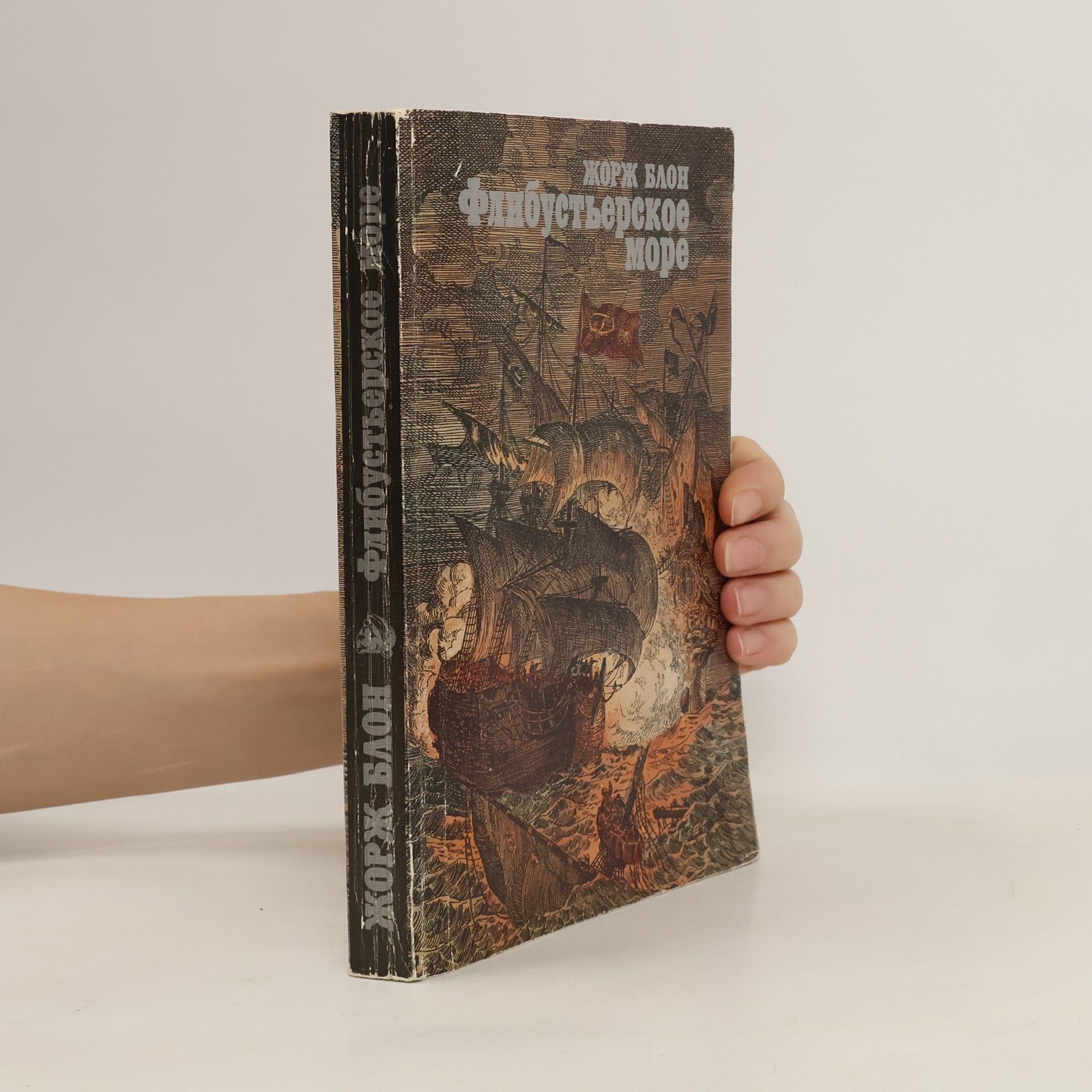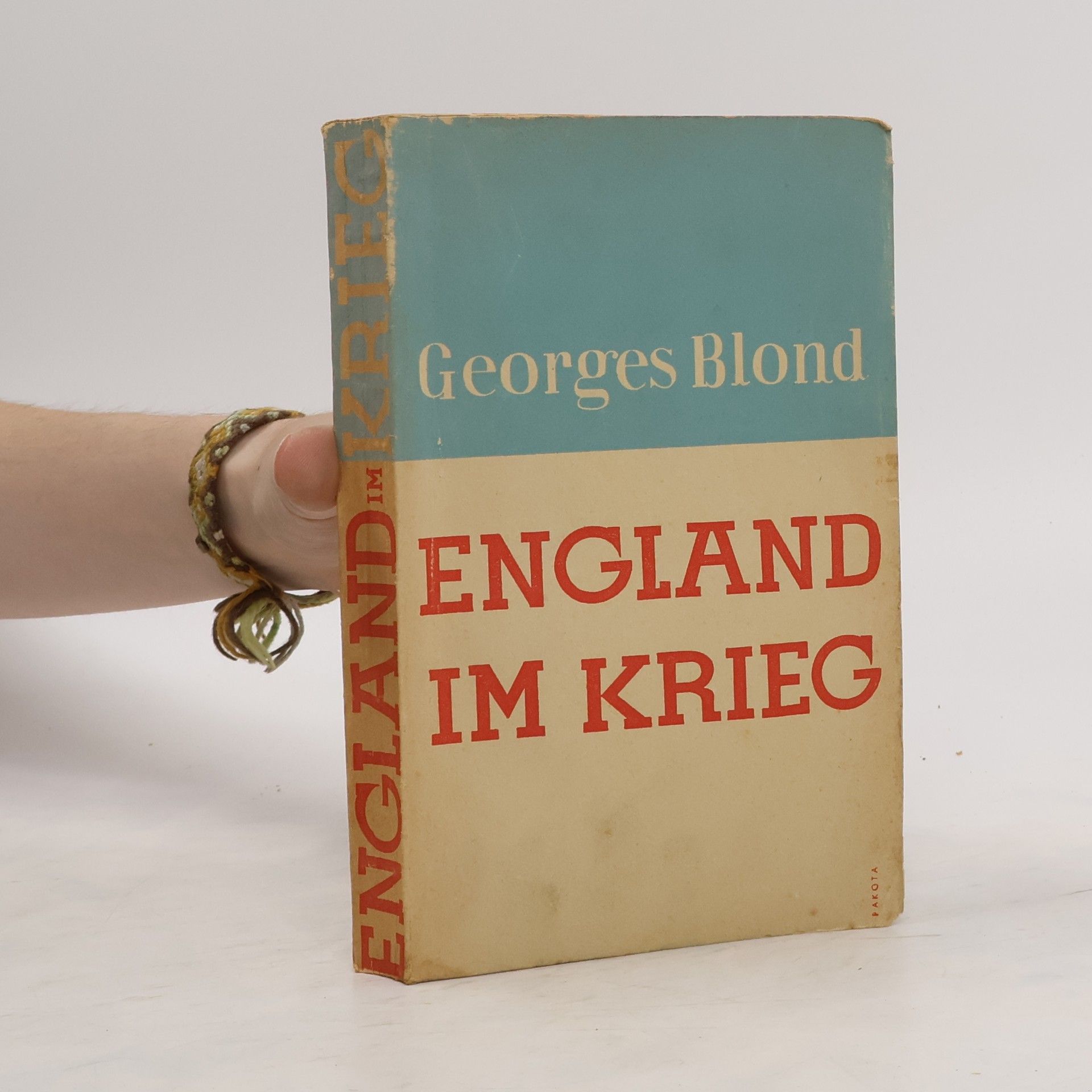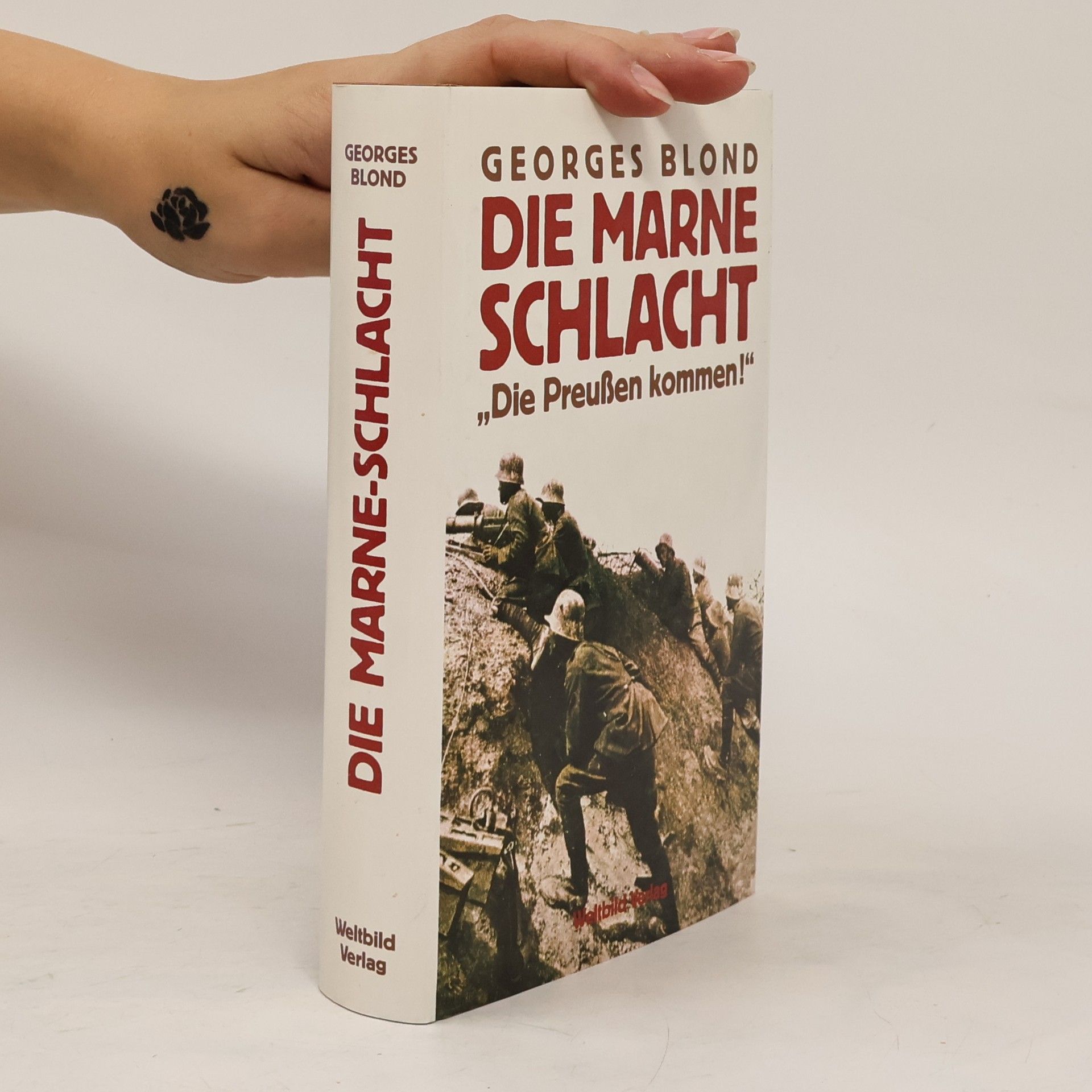The Great Migrations
- 208 pages
- 8 hours of reading
Georges Blond was a French writer, recognized primarily for his historical works. His extensive output also encompassed other genres, including fiction. His writing often explored deeper themes and possessed a distinctive style.






Die Preußen kommen!